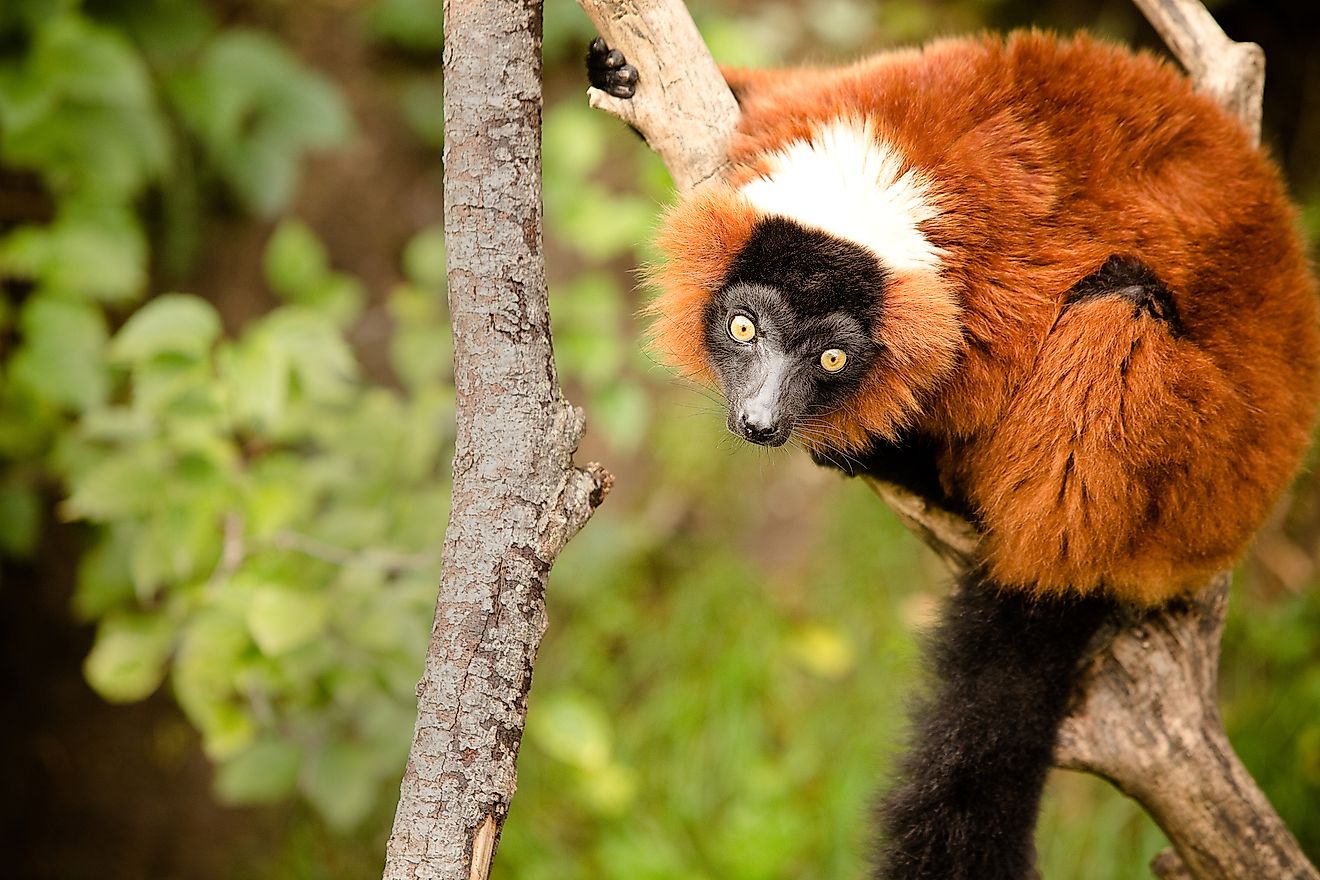Endemic Species

An endemic species is one that exists only within a specific place, region, or geographic area. This area can range in any size, from a particular ecosystem to an entire continent, but the species in question only resides there. For example, if a given animal is endemic to Thailand, that animal would only be found within Thailand and not outside it. Because endemic species are only found within one region, areas that have more endemic species tend to be in more remote or isolated regions. Islands, peninsulas, or extreme habitats are more likely to have endemic species living there as the animals have had less (or perhaps no) opportunity to travel outside of their original habitats. Without this migration or movement, these species have remained within their original habitats and are thus endemic specifically to that area.
Regions With An Abundance Of Endemic Species

Remote areas which have more endemic species than others are often islands or island nations. The islands of Hawaii, as well as the entire Australia continent have some of the highest levels of endemic species. Southern Africa and Madagascar are also highly endemic. In areas such as these, the percentage of wildlife that is endemic is as much as 80 to 90%, meaning almost all of the animals that live in that region are found only in that particular area.
For Australia, there are many examples of endemic species, including wombats, koalas, the platypus, echidnas, and the kangaroo. The endemic nature of these creatures is in large part why Australia is so strongly associated with many of these animals - simply put, it is the only place where they can be found naturally.

Similarly, Hawaii has a higher level of endemic species due to its remote location. Many smaller islands have endemic species simply because they are so isolated from other areas. The state bird of Hawaii, the Nene (or Hawaiian Goose) is an endemic species found only on this island chain.
Biodiversity Hotspots And Endemism

Generally speaking, there is a significant overlap between the world’s biodiversity hotspots and its endemic hotspots. This is because biodiversity hotspots are defined by those areas that have greater than 1,500 endemic fauna and that have lost over 70% of its original plant life due to habitat degradation. In fact, of the 20 regions with the highest rates of endemism, 16 are also considered biodiversity hotspots. As previously mentioned, islands have high rates of endemism and comprise half of the 20 regions.
How Do Species Become Endemic?

There are two different ways in which a species can be endemic. These are known as autochthonous or allochthonous.
Autochthonous
An autochthonous species is one that is native to the region in which it is found. This means that it evolved in that area and adapted to that particular habitat or environment. Over time, the animal may have adapted to changes within that environment, but it did not migrate or expand its range significantly from that original place of evolution.
Allochthonous
The other type of endemic species are those that are allochthonous. These are species which are not currently in their original habitat. This usually means that they evolved in one region but lost this original habitat. This could be because a species migrated, and never returned to its original home, or because the former geographic range was cut off, or no longer viable for living.
This reduction of habitat, or forced migration is often due to human development which removes or changes an animals original homeland range. Sometimes an animal with a wide-spread range will find its territory blocked off or segmented. Larger animals with wider hunting grounds (such as lions, big cats, or wolves) need expansive areas, and developments or agricultural cultivation can fragment these areas, blocking a species from part of its former habitat. In some cases, the animals are unable to return to that previous region, and remain only in the new, or more reduced area. This new area would be allochthonous endemic, if the species was not found in any other regions.
Endemic Species Are Vulnerable To Threats

Endemic species are vulnerable to threats because they can only survive in a very limited range. The very habitat that keeps them alive restricts them from survival. When their habitats are threatened by global climate change, human alterations, and degradation, the endemic species have nowhere else to go. Because they have not evolved to survive in various ecosystems and because they require very specific surrounds for their survival, these threats carry an even greater risk of extinction than they might in larger, less endemic regions. Some of the most common threats to regional endemism include agriculture, urbanization, mining, and logging. These activities all result in habitat degradation caused by deforestation, pollution, and the introduction of invasive species. These changes are detrimental to endemic species. For example, approximately 75% of the species that have gone extinct over the last few hundred years were endemic.
Conservation Of Endemic Species

Conservation is important in order to prevent global loss of biodiversity. When one species becomes threatened or goes extinct, the effect is widespread. Sometimes, it is only one endemic species that fills a need within an ecosystem; when that need is left unfilled, a chain reaction of events occurs leading to continued biodiversity loss. Estimates suggest that when one endemic plant species goes extinct, between 10 and 30 additional animal species become extinct. Therefore, the conservation of endemic species, in particular, is important.
Biodiversity is the foundation of healthy global ecosystems, in turn, healthy ecosystems sustain life, including human life. Without biodiversity, and specifically endemic species, the earth would no longer be able to produce sufficient amounts of our most basic necessities: food, water, and air. This is why biodiversity conservation efforts should focus principally on endemic plant and animal species. Unless drastic measures are taken quickly, these species and their unique habitats will continue to decline and disappear.











